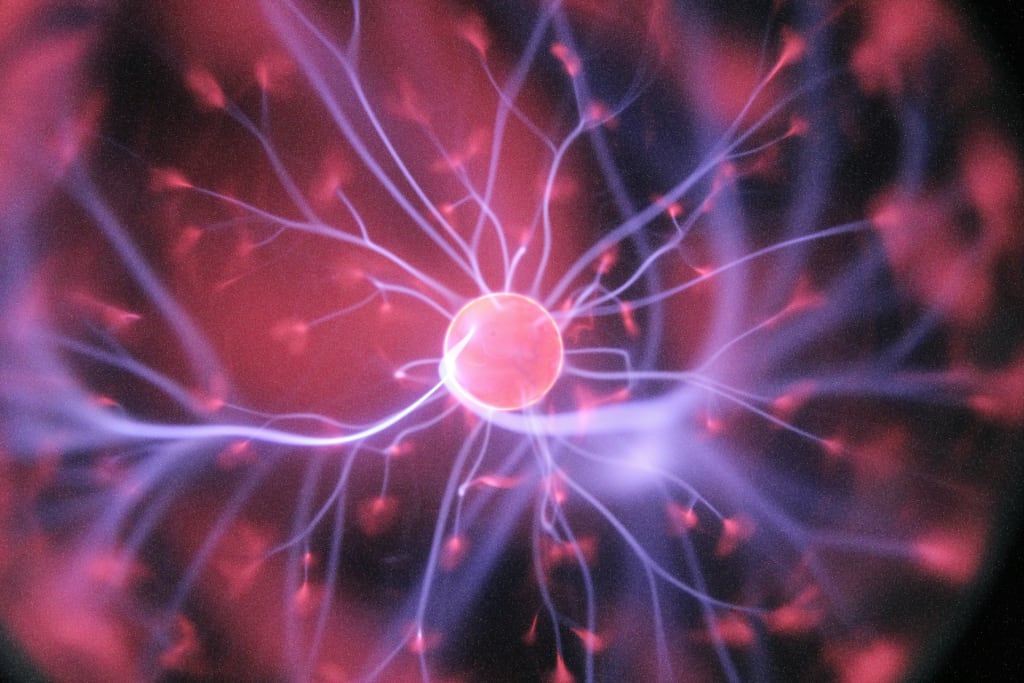The Search for the Smallest Thing in the Universe
"The Quest for Uncovering the Fundamental Particles of Matter"

Let's talk about the smallest thing in the universe. We often discuss big things like tall buildings and large animals, but in this article, we're focusing on something much tinier. Scientists have learned a lot about the human body, and now they want to understand the basic components of the universe. They're curious about the smallest thing in the universe that can't be broken down any further.
This isn't a new idea, though. Humans have been searching for the foundation of matter for a long time. In the past, we thought that the smallest particles of matter were tiny grains of sin. But in the 5th century BC, Greek philosophers Liu Tsipras and Democritus came up with the idea of atoms, which are the basic building blocks of matter.
We're still on this quest to uncover the fundamental layer of matter, driven by our desire for knowledge and discovery.
In the past, scientists believed that atoms were the smallest things in the universe. However, there was no experimental evidence to support this claim. In the 19th century, research and experiments showed that atoms were indeed the building blocks of matter. However, this did not stop physicists from continuing their search for the fundamental particles of the universe. They discovered that atoms could be split and that they consisted of protons, neutrons, and electrons. This shattered the idea that atoms were indivisible and the ultimate particles of matter. The discovery of these subatomic particles led to a new theory that they were the fundamental particles that scientists had been searching for. At the time, people thought that these particles were the smallest things in the universe.
Scientists on Earth made a big discovery when they found quarks. Quarks are small things that join together to make bigger particles called hydrants. There are two kinds of hydrants: barium, which is made of three quarks, and Nissan's, which is made of one quark and one inside cork. This discovery showed that even tiny particles like atoms can be divided further. However, attempts to split quarks and electrons have not been successful yet. This means that electrons and quarks might be the smallest things in the universe.
Scientists are still uncertain if electrons and quarks are the smallest particles in the universe. Some experts believe that fundamental particles do not exist at all. High-energy physics professor Andy Parker thinks that electrons and quarks look like points because we haven't been able to measure their size yet. He wants to find out what is inside them. To do this, he is trying to smash them together as hard as possible.
Zeno of Elea, a Greek philosopher from the 5th century BC, presented a paradox involving Achilles, a Greek hero, and a turtle. He believed that motion was an illusion and to demonstrate this, he argued that Achilles could never catch up with the turtle if the latter started the race with a head start. The reason behind this was that Zeno believed distance could be divided into an infinite number of times. So, according to him, Achilles would need to cover an infinite number of dividable steps before he could catch up with the turtle, which would always keep a lead. Humans, similar to Zeno, often assume that they can move any distance, no matter how small. This idea is similar to one of Zeno's famous paradoxes known as "Achilles and the Tortoise."
While mathematicians have explained the Zeno paradox and are comfortable with the notion of infinitely small distances and objects, scientists and physicists seem to be wary of points and points-like objects. This is because as the distance between two points diminishes, the intensity of forces acting on them magnifies such that it can eventually become infinite, an outcome that does not sit well with researchers who are averse to infinities.
Scientists have proposed a theory that suggests the smallest thing in the universe might be the singularity found at the center of a black hole. Black holes are created when a giant star collapses under its own gravity, and are invisible to the naked eye. However, this theory has not been confirmed yet, as scientists don't know what happens inside a black hole. Therefore, the search for the smallest thing in the universe will continue, and we may discover other fascinating things along the way.
About the Creator
Abdul Hannan Saif
Blogger | Writer | Explorer | wish to inspire, inform and help others to see fascinating discoveries and live a fulfilled life!






Comments
There are no comments for this story
Be the first to respond and start the conversation.